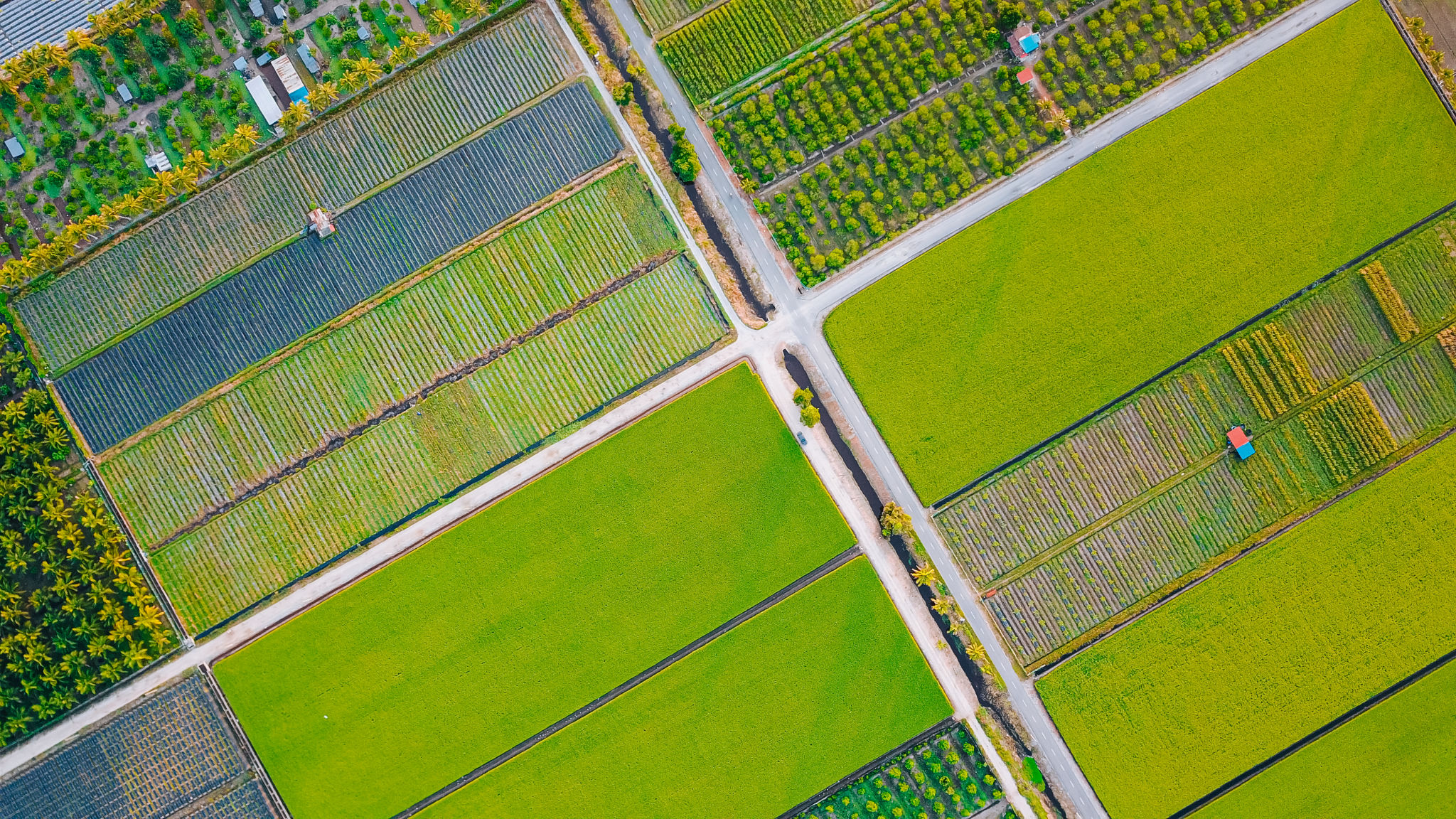Why Brazilian Beef is a Preferred Choice in Asian Cuisine
Introduction to Brazilian Beef in Asian Cuisine
Brazilian beef has become a staple in Asian cuisine, garnering attention for its unique flavors and exceptional quality. With the rise of global food trends, more Asian chefs and home cooks are turning to Brazilian beef as a preferred choice for its rich taste and versatility in various dishes.

Quality and Flavor Profile
One of the primary reasons Brazilian beef is favored in Asian cuisine is its superior quality. Brazilian cattle are predominantly grass-fed, leading to a distinct flavor profile that is both robust and savory. The natural diet of the cattle contributes to a leaner meat with a unique texture, making it an ideal choice for stir-fries, grills, and steaming methods commonly used in Asian cooking.
Additionally, the marbling of Brazilian beef adds a depth of flavor that enhances the taste of traditional Asian dishes. This marbling ensures that the meat remains tender and juicy, even when subjected to high-heat cooking techniques.
Sustainability and Ethical Practices
Sustainability and ethical farming practices have become increasingly important to consumers worldwide. Brazilian beef producers have made significant strides in improving these practices, focusing on sustainable land use and animal welfare. Many Asian consumers appreciate this commitment to responsible farming, which aligns with the growing demand for ethically sourced ingredients.

Efforts such as rotational grazing and eco-friendly farming techniques not only benefit the environment but also enhance the quality of the beef, making it a more attractive option for conscientious chefs and consumers alike.
Cultural Integration and Adaptability
The adaptability of Brazilian beef to various cooking styles is another reason for its popularity in Asian cuisine. Whether it's used in Korean barbecue, Chinese hot pots, or Japanese yakiniku, Brazilian beef can seamlessly integrate into diverse culinary traditions. Its versatile nature allows chefs to experiment with flavors and textures, creating innovative dishes that appeal to a wide range of palates.
Moreover, the cultural exchange between Brazil and Asia has led to a fusion of flavors, where traditional recipes are reimagined with Brazilian beef as a centerpiece. This cross-cultural culinary innovation continues to expand the horizons of both cuisines.

Economic Factors
The economic aspect also plays a role in the preference for Brazilian beef. Its cost-effectiveness compared to other premium beef options makes it accessible to a wider audience without compromising on quality. This affordability allows restaurants and home cooks to experiment with high-quality ingredients without stretching their budgets.
Additionally, the established trade agreements between Brazil and several Asian countries facilitate the easy importation of beef, ensuring a steady supply to meet the growing demand.
Conclusion
In conclusion, Brazilian beef's combination of superior quality, ethical production practices, adaptability in various culinary styles, and economic advantages make it a preferred choice in Asian cuisine. As global food trends continue to evolve, Brazilian beef is likely to maintain its status as a beloved ingredient in kitchens across Asia, offering rich flavors and endless culinary possibilities.
